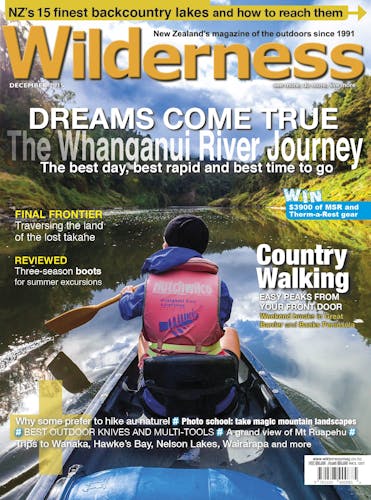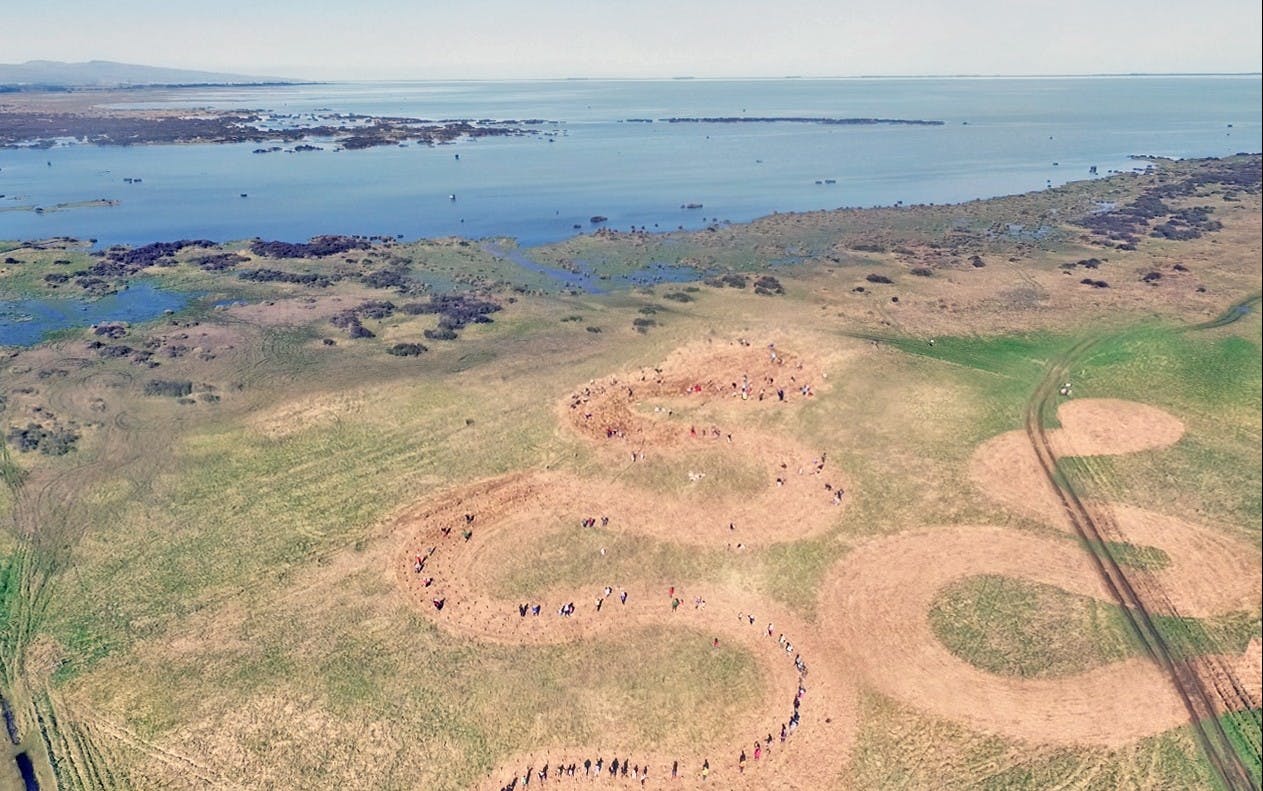Modern wilderness areas are not just hidden away in the backcountry – they’re being made every day by volunteers and environmentalists, writes Mick Abbott
Take the ferry from Auckland Wharf to Tiritiri Matangi Island and you’re welcomed into a different world – kokako, hihi, tieke, takehe, pateke, kiwi, tuatara and more. Many of the country’s rarest species have been released here and on arrival you get a glimpse of the birdlife that greeted the first people to set foot on New Zealand soil.
What’s amazing is this change hasn’t come about by protecting the place away from the impact of people. Rather it’s the reverse. The birds have been able to return to this island only because of people’s positive impact on the environment.
Forty-five years ago, Tiritiri was almost entirely pasture. Then first an ecologist, then many others, made the journey over for a day here and a weekend there to plant out the 220ha island.
All up, 280,000 trees were planted. The nursery was then converted into the visitor centre, while volunteers found other roles including becoming tour guides.
If 19th century wilderness was something to be consumed and destroyed to form pasture and settlement, then in this century it’s certainly the reverse, as we collectively play our part in growing the wild. And not just in remote corners but also those close at hand, in places where we live and also grow our food.
I was recently at Lake Ellesmere’s Ararira Wetland where Robin Smith and Kirsty Percasky from DOC, along with 200 volunteers, spent a day planting flax, manuka, cabbage trees, totara and so on, as part of the community’s efforts to re-establish native forest on the lake’s shore.
The shape of the planting can be read in multiple ways – as a meandering wetland stream, an eel or an inanga. What’s unique is it’s not in the normal ‘faux naturelle’ arrangement where the goal is to plant an area so it quickly looks as if people weren’t involved in doing the planting.
Rather, here on this slice of public conservation land, the positive impact of people is to be celebrated. Those who helped, including local school kids who planted an inanga shape, can come back and find the exact spot they were working on.
The form we’ve come up with will also provide sheltered spots regardless of whether it’s the easterly, westerly or southerly that seems to always blow. Also, it will act as a barrier to the willy-nilly tracks formed by off-roaders.
Further out on the Canterbury Plains, Ngai Tahu Farming is planting more than 700,000 native trees in a distributed forest that weaves through their Eyrewell development. Specific species are sited according to the function they can perform to support the farming operation – high density trees for shelterbelts, wetland plants and shrubs for sites under irrigation, and dryland kanuka for the many reserves dotting the farms. Combined, the 350ha of native forest planting creates a 20km corridor for native birds that bridges the forests of the Canterbury foothills and the regenerating bush on Banks Peninsula.
DOC’s annual surveys reveal a historic mismatch between the activities done in the outdoors and the things most valued about conservation in this country. When the New Zealand public is surveyed about this, the activities in order of popularity are: short walks, day walks, sightseeing, family outings, camping, hunting and go on overnight tramps.
Yet when asked about the benefits of conservation, protection of the environment, saving species, protecting our clean green image, and ensuring ecological sustainability top the list.
A pressing opportunity is to match these values with our activities. Indeed, while over half of New Zealanders say they have been involved in conservation activities in the last year, only a third of these activities have taken place on public conservation lands.
Conservation activities could be integrated with people’s experiences in national parks. Imagine walking the Milford Track and each night being involved in maintaining a mini mainland island project. You could check trap lines, tracking tunnels and feeding stations so around each hut biodiversity was positively impacted because everyone passing through was doing their bit.
Out on the edge of Paparoa National Park, Conservation Volunteers NZ, with support from Rio Tinto, DOC and Lincoln University are doing just that. People are given practical experiences of volunteering that include gathering and raising seed, then potting the seedlings up and planting out. Animal and plant pest eradication is also part of the mix.
Over time, the goal is to return this 70ha site to a state where it will be incorporated into the national park immediately next door – to become part of a the park not because it was locked away from people, but because volunteers worked to make it worthy of such status, creating their very own piece of wilderness.








